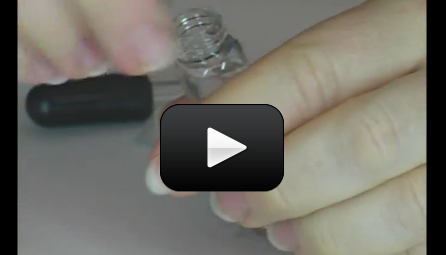Make sure you’ve completed the How to Use a Microscope activity before you start here!
Anytime you have a specimen that needs water to live, you’ll need to prepare a wet mount slide. This is especially useful for looking at pond water (or scum), plants, protists (single-cell animals), mold, etc. When you keep your specimen alive in their environment, you not only get to observe it, but also how it eats, lives, breathes, and interacts in its environment.
Please login or register to read the rest of this content.


Use soap and warm water to clean your slides and set on a paper towel to dry. Handle the coverslips gently as they are quite fragile! For super-icky specimens, discard the slide and slip and get a fresh one for the next experiment.
What’s the best way for us to clean/dry/store our slides after we’re finished? Is dishsoap and a paper towel sufficient? Do we wash and reuse cover slips as well? Thanks!